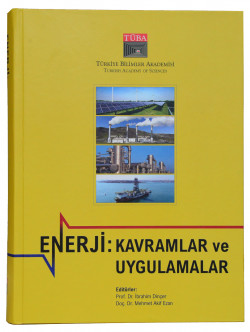Energy Materials and Energetic Materials

Energy Materials and Energetic Materials
Energy materials include substances used for the production, conversion, storage and transmission of energy. Explosives as a part of ‘energetic materials’ are substances of which the internally stored huge chemical energy is liberated with a (self-sustaining) rapid and violent chemical reaction initiated with an outer stimulant; energetic materials include explosives, propellants and pyrotechnics. Certain items such as natural fuels (fossil and synthetic fuels) burned in thermal power plants and motor vehicles, in conjunction with nuclear fuels (reacted in nuclear power plants) capable of emitting radioactive rays (alpha, beta and gamma rays) and undergoing nuclear fission or fusion reactions have been deliberately excluded from this review. Additionally, either metals conducting heat or electricity with a reasonable resistance or superconductor materials transmitting electricity with practically no resistance (i.e. without loss) do not take place in this work. Therefore, energy materials have been tailored to include batteries and accumulators, fuel cells, photovoltaic and optoelectronic materials, thermoelectric and piezoelectric materials, that basically convert and store chemical energy, radiation, heat and mechanical energy in the form of electrical energy (or vice versa). This review aims to discuss the definitions, backgrounds, working principles and applications of these systems to serve daily life. In addition to these, particular emphasis has been made on energetic materials, especially on explosives capable of liberating high amounts of heat and pressure in a rapid self-sustaining exothermic degradation reaction when appropriately stimulated.
